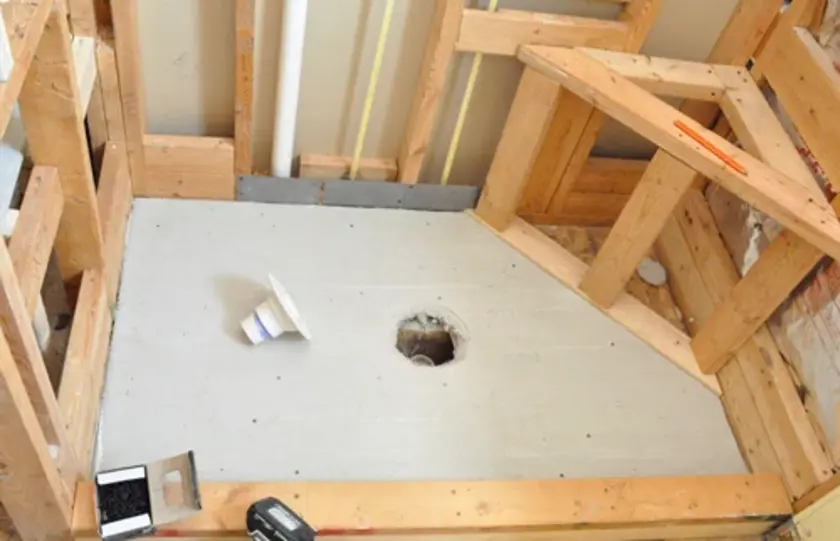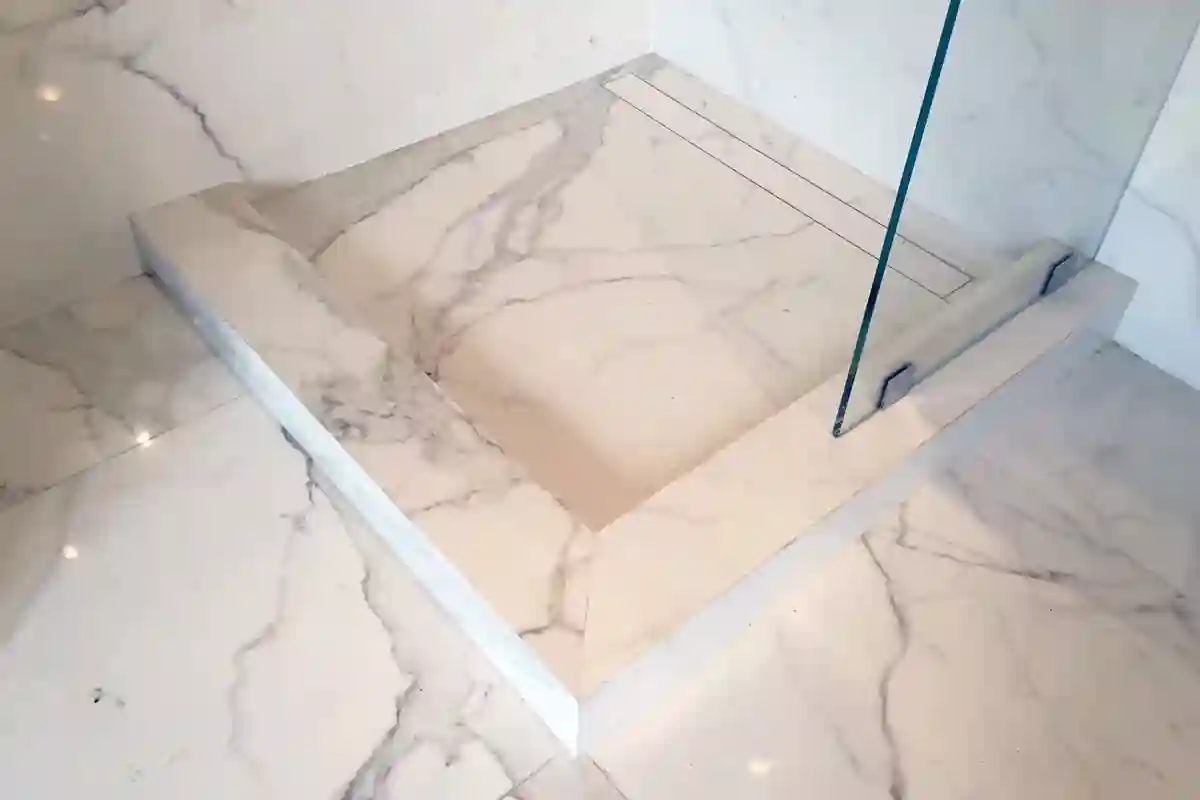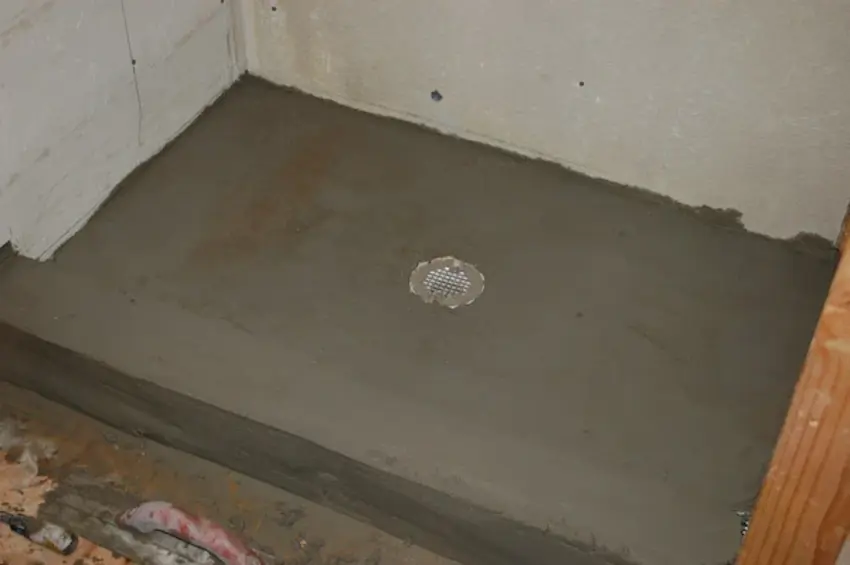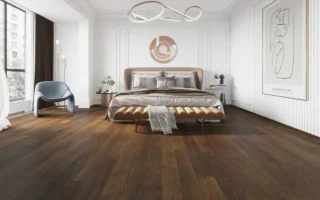A shower pan liner is an essential component in many bathroom renovations. It acts as a barrier to moisture, protecting your floors and walls from water damage. The importance of having a properly installed shower pan liner cannot be overstated. Without one, you risk serious issues like leaks or rot, leading to costly repairs. A reliable liner keeps everything contained, adding peace of mind during daily use. There are several types of shower pan liners available on the market today. Vinyl liners are popular for their affordability and ease of installation, while PVC options offer greater durability and chemical resistance. Choosing the right type depends on your specific preferences and needs. Installing a shower pan liner may seem daunting at first glance, but with proper planning and execution, it can be straightforward. Ensure you measure accurately before cutting any material; this ensures a perfect fit around drains and corners for optimal protection. Common mistakes include failing to account for sloping when installing tiles over the liner or neglecting to seal seams properly. These errors can compromise your waterproof barrier significantly, leading to future headaches. Other options besides traditional liners, such as pre-sloped pans or liquid membranes, bond directly onto concrete surfaces for those looking for alternatives.
What is a shower pan liner?

A shower pan liner is a waterproof barrier installed beneath the shower floor. Its primary purpose is to prevent water from seeping into the subfloor and surrounding areas. Typically made of materials like PVC or rubber, these liners create a protective layer that keeps moisture within the designated drainage area. This helps avoid potential water damage and mold growth, which can be costly. Shower pan liners are available in various thicknesses and sizes, allowing for customization based on your needs. They fit seamlessly under tiles or other flooring options, ensuring a smooth finish while maintaining functionality.
Importance of a Shower Pan Liner
A shower pan liner is crucial for protecting your home from water damage. Without it, moisture can seep through the floor and create many issues. Water can lead to mold growth, which is unsightly and hazardous to health. A good liner helps prevent this by acting as a barrier between the shower and the underlying structure. A properly installed liner extends the life of your shower. It reduces wear on materials like concrete or wood that could deteriorate over time due to constant exposure to water. Using a liner ensures better drainage in your shower area. This means less standing water and fewer concerns about slipping hazards during showers. Investing in a quality shower pan liner provides peace of mind, knowing you safeguard your bathroom’s aesthetics and integrity.
Types of Shower Pan Liners

Shower pan liners come in several types, each designed to suit various needs and preferences. PVC liners are one of the most popular options. They’re flexible, durable, and resistant to mold and mildew. This makes them ideal for wet environments. Another option is the CPE liner, which offers good resistance against harsh chemicals often found in cleaning products. It’s slightly more rigid than PVC but still provides effective waterproofing. Rubber liners are available for those seeking an eco-friendly choice. These sustainable materials are both waterproof and environmentally conscious. The pre-sloped shower pan system combines a built-in slope with integrated drainage channels. This type minimizes standing water and can be easier to install than traditional methods.
Installation Process
The installation process for a shower pan liner on a concrete floor is crucial to ensure proper waterproofing. Start by measuring and cutting the liner to fit your designated area. Make sure you have adequate overlap at the walls. Clean the concrete thoroughly to remove any debris or dust hindering adhesion. It’s essential for achieving a watertight seal. Lay down thin-set mortar in the corners and along seams where the liner will be placed. Carefully position your shower pan liner over this, smoothing out any wrinkles or bubbles as you go. If required, secure edges with adhesive tape, ensuring they adhere well to both wall surfaces and floor joints. Please pay attention to drainage areas; they need special care during installation for optimal performance later.
Common Mistakes to Avoid

When installing a shower pan liner, one of the most frequent mistakes is not allowing proper drainage. Ensure that the liner slopes towards the drain. A flat surface can lead to standing water, which promotes mold and mildew growth. Another common error is neglecting to check for punctures or tears in the liner before installation. Even small damages can cause significant leaks over time. Many DIYers also overlook securing the edges of the liner properly. Failing to fasten it correctly can result in shifting during use, compromising its effectiveness. Taking shortcuts may save time now but could lead to costly repairs when things fail due to improper bonding. Each step matters; diligence pays off in durability and performance.
Alternatives to Shower Pan Liners
Several options are available if you’re considering alternatives to shower pan liners. One popular choice is using a waterproof membrane. These membranes can be applied directly onto the concrete floor and provide a reliable barrier against water. This option offers excellent waterproofing and adds durability and aesthetic appeal to your space. Epoxy can create a seamless finish that’s easy to clean and maintain. Consider using sloped tile systems with proper drainage for those leaning toward natural materials. With the right slope, water will flow towards drains instead of pooling on the surface. Some homeowners explore vinyl or rubber sheeting specifically designed for wet areas. Both materials are flexible, resistant to moisture, and can effectively handle the demands of a shower environment without traditional liners.




